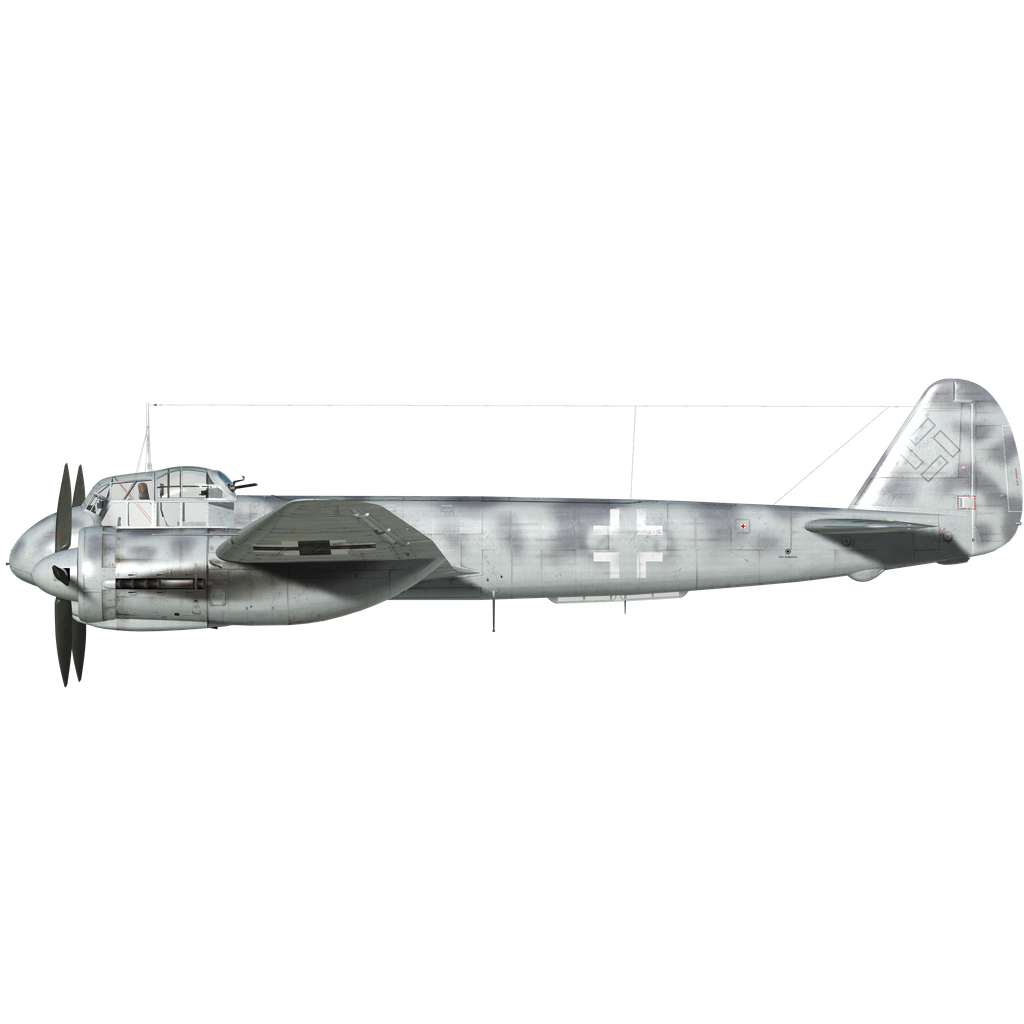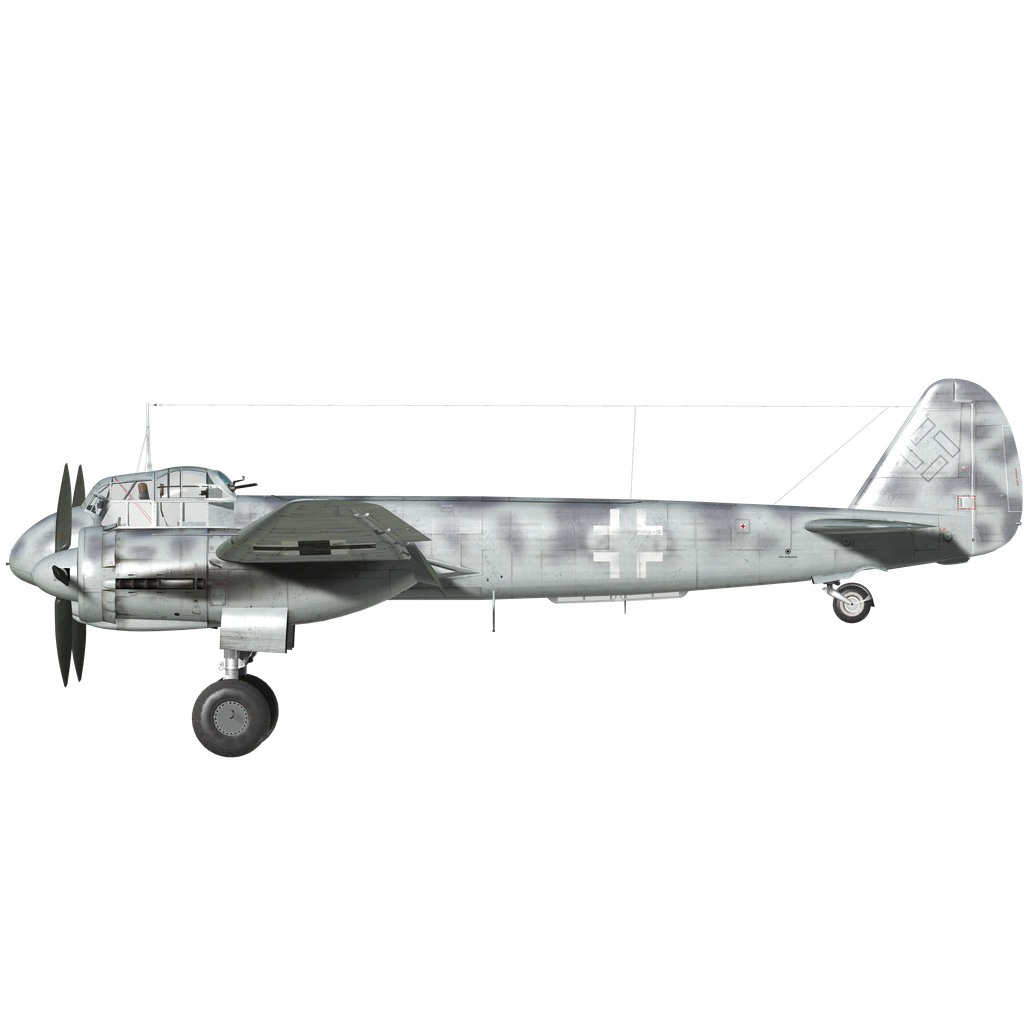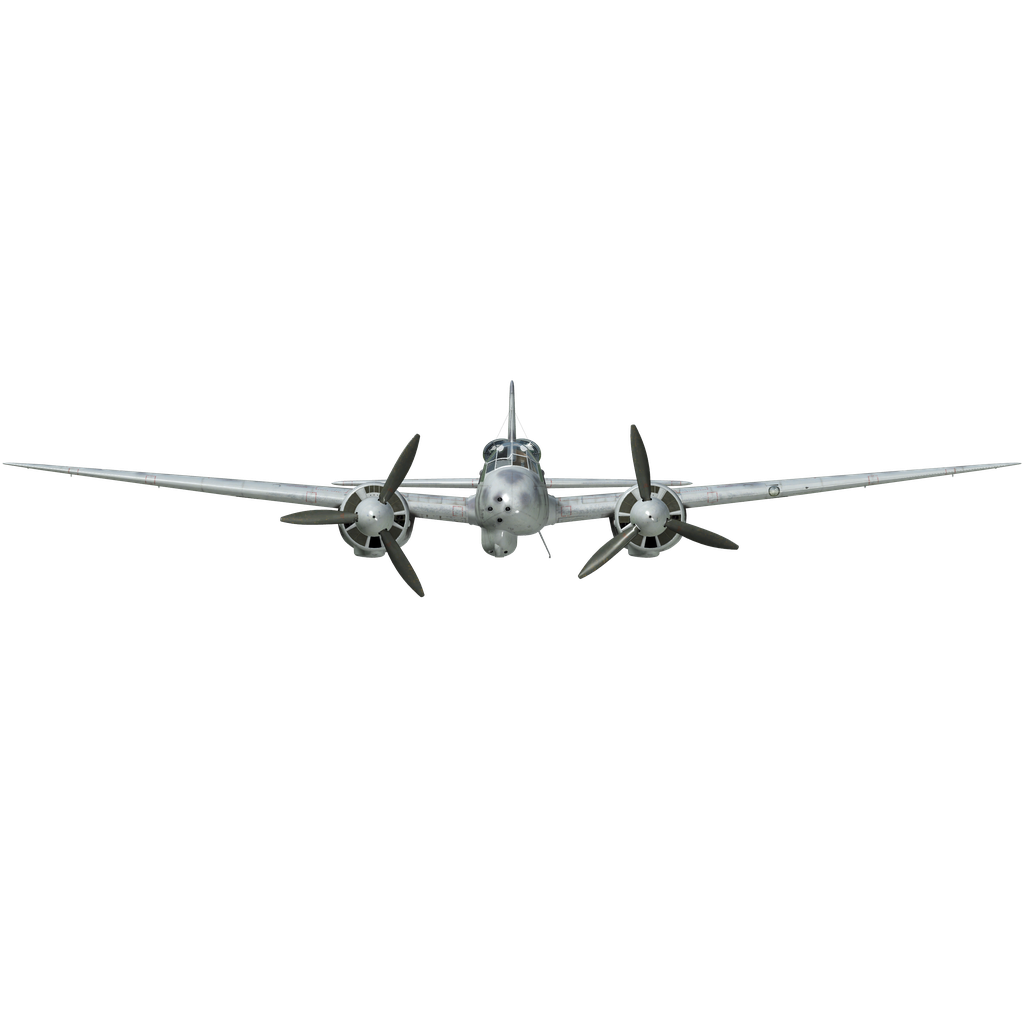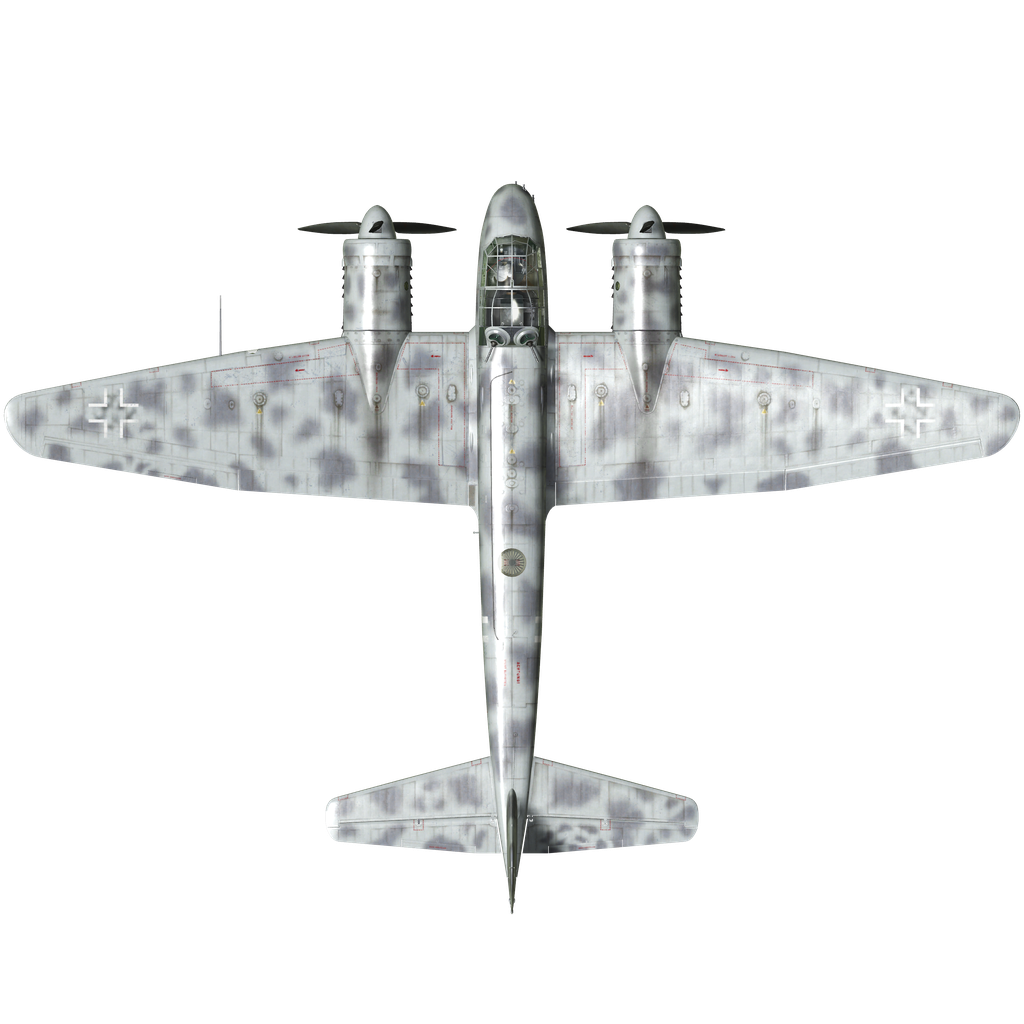In 1935, the Technical Directorate of the German Air Ministry decided that the Luftwaffe needed a fast bomber instead of a multipurpose heavy fighter-bomber-reconnaissance aircraft. To this specification, Junkers developed the Ju 88, which was tested in 1936-1937, but the requirements changed again and this aircraft had to be converted into a twin-engine dive bomber. Therefore, the new bomber prototype was flown only on February 2, 1938. High speed, good maneuverability, and a heavy payload allowed it to be used for a variety of combat missions, and in 1939 the development of a heavy fighter began on this basis. The first fighters were modified from serial bombers by installing offensive armament and reducing the number of crew. They were successfully used as heavy night fighters, and in August 1941 the Air Ministry signed a contract with Junkers for the production of Ju 88 C-6 heavy fighters. The first prototype was tested in November 1940. The Ju 8 8C-6 was produced until 1944 and was continuously modernized.
The Ju 88 C-6 was a twin-engine all-metal monoplane with water-cooled Jumo 211J-1 or -2 engines with a takeoff power of 1340 hp. The aircraft was equipped with reinforced landing gear struts and larger-diameter wheels.
The first series had an offensive armament of three 20 mm cannons and three 7.92 mm machine guns, while the C-6 came with or without a pair of MG-FF/M cannons in the lower nacelle. Defensive armament varied. A pair of MG 81 machine guns or a single MG 15 or MG 131 were mounted in the rear of the cockpit. In the rear part of the nacelle, in the gondola, if there were no guns, either an MG 81Z with 1800 rounds or an MG 15 was installed. The old hatch-mounted double convex turret was replaced by a new turret. Later versions, which were used at night, did not have a nacelle under the fuselage. Later the aircraft were fitted with radar and some were also fitted with fuselage mounted 20 mm cannons firing at an angle to the horizon.
-
Ju 88 C-6a heavy night fighter without radar;
-
Ju 88 C-6b heavy night fighter with FuG 202, FuG 212 or FuG 220 Lichtenstein radar. During overhauls, the passive search system FuG 227 was also installed. The night fighters were equipped with extended flame dampers on the engine exhausts;
-
The Ju 88 C-6c was characterized by the FuG 220 "Lichtenstein" SN-2 radar and later by the presence of an additional cannon battery in the so-called "schrage musik" ("jazz") installation in the central section of the fuselage. It was believed that this made it possible to hit bombers in the most vulnerable lower part of the fuselage without entering the field of fire of their defensive machine guns.
The first Ju 88 C-6 fighters, which did not have radar, entered service with night fighter formations, but despite the name, these aircraft were mainly used during the day as long-range fighters and attack aircraft. The C-6s then began to be assigned to bomber units, where specialized attack squadrons were deployed, with their primary targets being railways and vehicle convoys. With the creation of a "Sea Hunter" formation in November 1942 to operate over the Allied lines of communication in the Atlantic, another use for the C-6 became apparent. However, with the installation of radar, the Ju 88 C-6 night fighter became a crucial element of the German air defense system. In 1944, the Ju 88 assembly lines were almost completely converted to the fighter version. The deterioration of the aerodynamic qualities due to the appearance of numerous antennas affected the flight performance and controllability of the fighter, resulting in a sharp increase in operational losses.
Sources used:
1. W. Creen "The Warplanes of the Third Reich", Galahad Books, 1986
2. "Wings of the Luftwaffe" Translation of W. Green's book "Combat Airplanes of the Third Reich" by A. Firsov, 1993.
3. materials of the site airwar.ru






